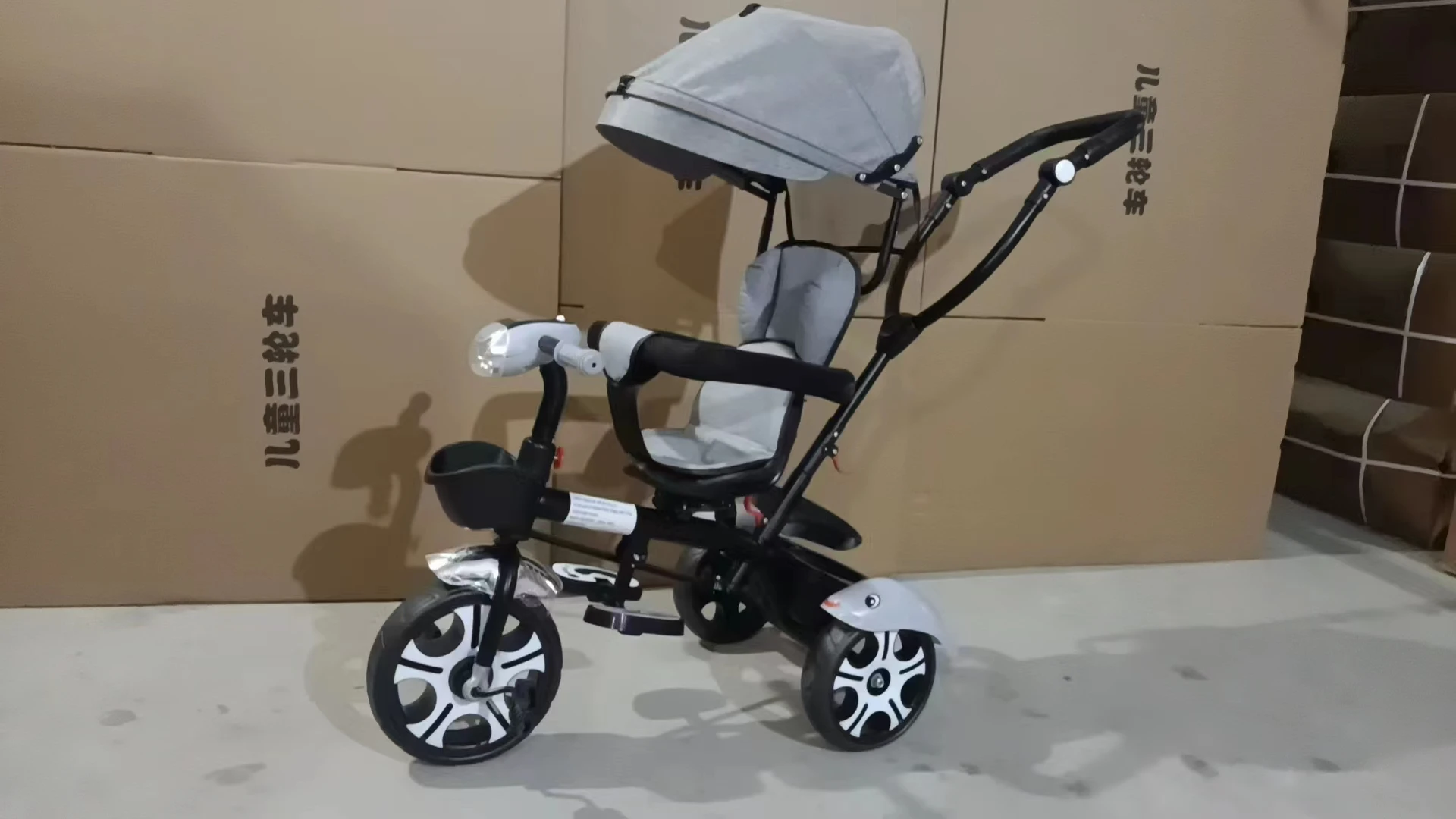
- Afrikaans
- Albanian
- Amharic
- Arabic
- Armenian
- Azerbaijani
- Basque
- Belarusian
- Bengali
- Bosnian
- Bulgarian
- Catalan
- Cebuano
- Corsican
- Croatian
- Czech
- Danish
- Dutch
- English
- Esperanto
- Estonian
- Finnish
- French
- Frisian
- Galician
- Georgian
- German
- Greek
- Gujarati
- Haitian Creole
- hausa
- hawaiian
- Hebrew
- Hindi
- Miao
- Hungarian
- Icelandic
- igbo
- Indonesian
- irish
- Italian
- Japanese
- Javanese
- Kannada
- kazakh
- Khmer
- Rwandese
- Korean
- Kurdish
- Kyrgyz
- Lao
- Latin
- Latvian
- Lithuanian
- Luxembourgish
- Macedonian
- Malgashi
- Malay
- Malayalam
- Maltese
- Maori
- Marathi
- Mongolian
- Myanmar
- Nepali
- Norwegian
- Norwegian
- Occitan
- Pashto
- Persian
- Polish
- Portuguese
- Punjabi
- Romanian
- Russian
- Samoan
- Scottish Gaelic
- Serbian
- Sesotho
- Shona
- Sindhi
- Sinhala
- Slovak
- Slovenian
- Somali
- Spanish
- Sundanese
- Swahili
- Swedish
- Tagalog
- Tajik
- Tamil
- Tatar
- Telugu
- Thai
- Turkish
- Turkmen
- Ukrainian
- Urdu
- Uighur
- Uzbek
- Vietnamese
- Welsh
- Bantu
- Yiddish
- Yoruba
- Zulu
Dec . 16, 2024 03:14 Back to list
how to adjust mountain bike front derailleur
How to Adjust a Mountain Bike Front Derailleur
Adjusting the front derailleur on a mountain bike is a critical maintenance task that can significantly improve your bike’s performance. A properly functioning derailleur ensures smooth shifting between the chainrings, allowing for more efficient pedaling in a variety of terrains. If you’ve been experiencing issues like chain rub, difficulty shifting, or even skips between gears, it's time to learn how to effectively adjust your front derailleur.
Tools You Will Need
Before getting started, gather the following tools
1. A Phillips and flat-head screwdriver 2. 5mm Allen wrench (or the appropriate size for your derailleur) 3. Lubricant (optional) 4. A clean cloth
Step-by-Step Adjustment
1. Positioning the Bike
Begin by placing your bike on a stable surface or a bike stand. For better access and visibility, it's ideal to have the bike at a comfortable height that allows you to work on the derailleur easily.
2. Inspect the Derailleur
Start with a visual inspection of your front derailleur. Look for any physical damage or misalignment. Ensure that the derailleur cage is clean and that the chain is properly lubricated. If the chain is dirty or dry, clean it first to facilitate better performance.
3. Check Limit Screws
The front derailleur has two limit screws, typically marked as H (High) and L (Low). These screws control how far the derailleur moves to the left (towards the smaller chainring) and the right (towards the larger chainring).
- High Limit Screw (H) With the chain on the smallest chainring, adjust the high limit screw to ensure the derailleur cage is just above the chain and not too far outward that it interferes with shifting to the larger chainring. - Low Limit Screw (L) Shift the chain to the largest chainring and adjust the low limit screw. The cage should sit parallel to the chain and not rub against it.
how to adjust mountain bike front derailleur

4. Adjusting the Cable Tension
Next, check the cable tension. If the derailleur shifts poorly, adjusting the cable tension can help.
- Locate the barrel adjuster on the derailleur. To increase tension and allow for smoother movement, turn the barrel adjuster counter-clockwise. If the derailleur is hesitant to shift to the larger chainring, you may need to increase the tension. - To reduce tension (for example, if it's sticking or over-shifting), turn the barrel adjuster clockwise.
5. Fine-Tuning Shifting
After adjusting the limit screws and cable tension, it’s time to test the shifting. Shift through all the gears while carefully observing how the derailleur responds.
- If the chain rubs against the derailleur cage when on a particular chainring, further refining the limit screws may be necessary. - Ensure that the shifts are crisp and that there is no hesitation.
6. Test Ride
Once you’re satisfied with the adjustments, take your bike for a test ride. Pay attention to how the bike shifts under load, as some issues might only appear when pedaling uphill or accelerating.
7. Final Adjustments
After your ride, you may find that some minor adjustments are still needed. Don’t hesitate to make additional tweaks to the cable tension or limit screws based on your experience during the ride.
Conclusion
Regularly adjusting your mountain bike's front derailleur is essential for optimal performance. By following these steps, you can ensure that your bike shifts smoothly and efficiently, allowing for a more enjoyable riding experience. Remember to inspect and maintain all components of your bike regularly for the best performance on the trail. Happy riding!
-
The Ultimate Kids' Four-Wheeler Experience
NewsJul.09,2025
-
The Ultimate Guide to Mountain Bikes: Gear Up for Your Ride
NewsJul.09,2025
-
The New Age of Cycling: Electric Bikes for Every Rider
NewsJul.09,2025
-
The Best Kids Bicycles: Ride in Style and Safety
NewsJul.09,2025
-
The Best 3-Wheel Scooters for Kids: Fun, Safety, and Adventure
NewsJul.09,2025
-
Revolutionize Your Ride: Affordable Electric Bikes
NewsJul.09,2025
-
Finding the Perfect Mountain Bike for Every Rider
NewsJul.09,2025



